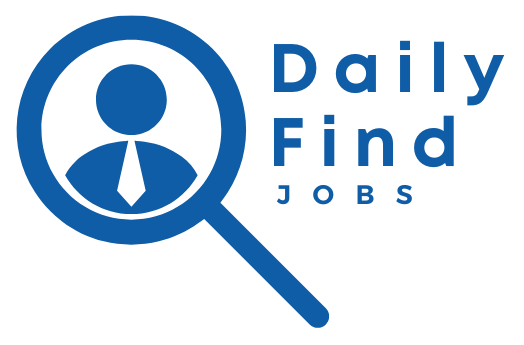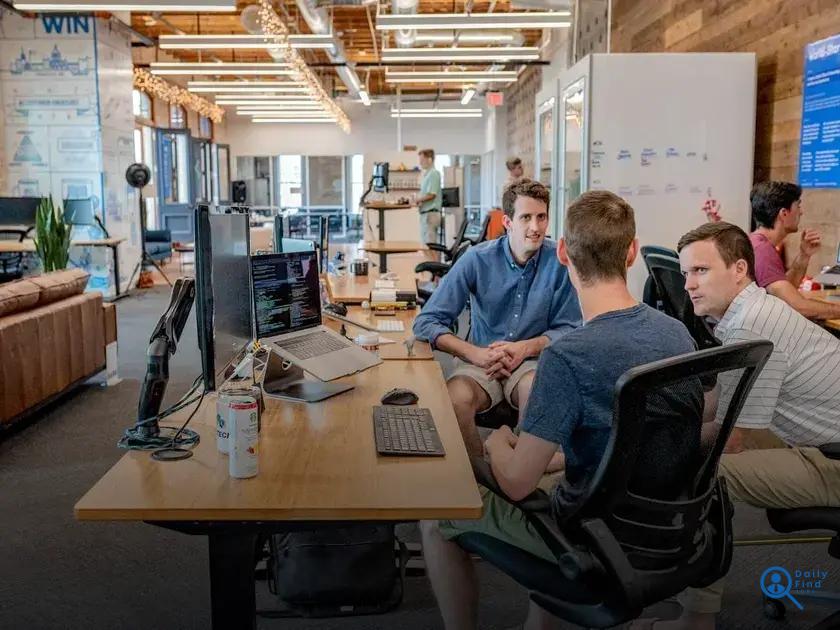After acing an interview, the right follow-up email can further cement your impression. Follow-up emails after an interview are crucial to express gratitude and reiterate enthusiasm. Knowing what to say ensures that your message hits the mark every time.
Why Follow-Up Emails Matter
Following up after an interview is crucial as it serves multiple purposes. Firstly, it keeps you fresh in the mind of the hiring manager. After meeting several candidates, a follow-up email is an effective way to stand out. By reminding them of your skills and experience, you reinforce your suitability for the position.
Moreover, sending a follow-up email demonstrates professionalism and dedication. It shows that you are genuinely interested in the role and willing to take extra steps to ensure you get it. This is a trait that employers often look for.
In addition to reinforcing your interest, follow-up emails provide an opportunity to address any points you might have missed during the interview. This could include clarifying any misunderstandings or highlighting experiences that are relevant but weren’t discussed.
Highlighting these points can be crucial
, especially if competition is stiff.
Follow-up emails also help in building a relationship with the interviewers. By thanking them for their time, you create a positive impression. This can be beneficial, even if you don’t get the job initially, as it increases the likelihood of considering you for future opportunities.
When to Send Your Follow-Up Email
Timing of your follow-up email is extremely crucial to its effectiveness. Sending it at the right moment can highlight your enthusiasm and professionalism, without seeming too eager or pushy. Here are some essential guidelines on when to send that email:
- Within 24 hours: Ideally, send your follow-up email within 24 hours of the interview. This shows that you respect the interviewer’s time and are genuinely interested in the position.
- Avoid weekends: Emails sent over the weekend might get lost in the flood of Monday morning communications. Stick to weekdays for better visibility.
- Consider time zones: If your interviewer is in a different time zone, make sure your email arrives during their business hours.
- During business hours: Early in the morning or early afternoon are optimal times for sending emails to ensure your message is seen during work hours.
Being strategic with your timing demonstrates thoughtfulness and reinforces your interest in the opportunity. Keep these insights in mind to enhance your odds of leaving a positive impression.
Crafting the Perfect Subject Line
When crafting the subject line for your follow-up email, aim to make it both clear and engaging. A well-thought-out subject line can significantly increase the open rate of your email, ensuring your message stands out amid a crowded inbox.
Personalization
Personalization can enhance the effectiveness of your subject line. Mentioning the interviewer’s name or the job position can help. For example, “Following Up on My Interview for Project Manager Position with John Doe” can make your email more memorable.
Clarity and Brevity is crucial when drafting your subject line. Keep it concise yet descriptive, ensuring it conveys the email’s purpose without overwhelming detail. A precise subject line illustrates professionalism and respects the interviewer’s time.
Consider including keywords related to your interview, such as “Thank You” or “Interview on [Date],” which can help structure your subject line effectively. These keywords quickly inform the recipient of the email’s context.
Avoid overly complex language or ambiguous phrases. Stick to a friendly yet professional tone, as perceived hostility or vagueness may lead to misunderstanding. Aim for a subject line that encourages positive sentiment and encourages the recipient to open your email.
Key Elements of a Successful Email
In a successful follow-up email, the structure and content play crucial roles in striking the right chord with the recipient. The tone should be professional yet personable, making the reader feel appreciated and engaged. To start, ensure your greeting is appropriate; use the recipient’s name to add a personal touch.
Begin with a brief and clear reminder of your recent interaction. Reference the interview date or the position you discussed, ensuring clarity for the reader without requiring them to recall every detail.
Next, express gratitude for the opportunity. This reinforces your enthusiasm and appreciation for their time. Your gratitude should be genuine and specific, avoiding generic statements.
Main Body
The core of your email should reinforce your suitability for the role. Highlight key discussion points from the interview and how your skills and experiences align with the job requirements. Be concise yet comprehensive, ensuring not to overwhelm the reader with too much information.
Incorporating a call to action can effectively move the conversation forward. Whether it’s asking for the next steps or a timeline for a decision, make sure your request is polite and respectful.
Closure
End with a positive note, reinforcing your interest in the position and your readiness to provide any additional information they might need. A good sign-off is professional and courteous, leaving a lasting positive impression.
Remember, a successful follow-up email is well-structured, clear, and professionally concise, enhancing your chances of standing out positively.
Common Mistakes to Avoid
One of the biggest mistakes you can make with follow-up emails after an interview is sending them too soon or too late. Timing is crucial. Another common error is writing overly lengthy emails. Keep your message clear and concise, making it easy for the recipient to read quickly.
Make sure to avoid generic language that could apply to any job or interview. Instead, personalize your follow-up by referencing specific parts of your interview or details discussed with your interviewer. This shows genuine interest in the position and helps remind the interviewer of your conversation.
Avoid using a too casual tone. While you should maintain a friendly demeanor, it’s important to remain professional and respectful. Also, failing to proofread your email for spelling and grammar errors can leave a bad impression on employers. Double-check your message before hitting send.
Lastly, avoid making demanding requests for feedback or updates. It’s sometimes tempting to ask when you’ll hear back or pressure the interviewer for a decision; however, it’s better to express your gratitude and interest in the role instead. Display patience and professionalism, leaving a good impression. By avoiding these common pitfalls, you increase your chances of making a positive impact with your follow-up email.

